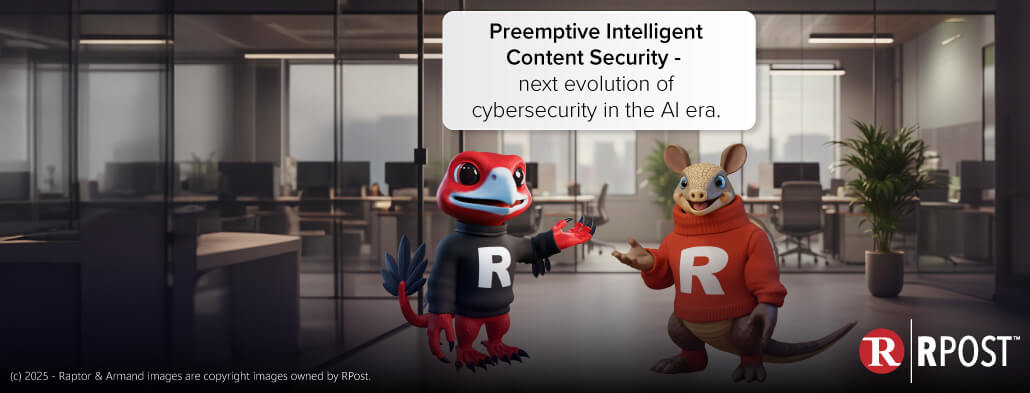
Most would agree that “who said what when” is at the centre of most disputes. In today’s email-centric world, many turn to their “Sent Folder” or “Inbox” to demonstrate who said what when. They may forward these emails to the people with whom they are in dispute, or may print the email to serve as their record.
Before relying on this simple text record, it is essential to consider how it will stand up to scrutiny if its content authenticity, timestamp of sending, or fact of successful transmission is later challenged.
London’s Legal Technology Journal published an article citing a poll of the top myths and misconceptions of e-mail that, if not properly understood, can leave your organisation relying on email practices that leave you exposed to risk or may render your email records useless to defend you in a dispute around who said what and when.
The poll identified the most common myths relating to email that most business executives, lawyers, and other professionals believe.
Internal vs. Internet Email: ‘I copied myself and received the copy’. Receipt of internal email within the organisation does not prove the message was transmitted/delivered via the Internet.
Find More:
Read Receipts: ‘I requested a read receipt so I will know when they receive the email’. Read receipts are simple text files that can be easily forged. They prove nothing about content. The recipient can easily opt not to return the receipt.
Email Archive Offerings: ‘I save everything in my archive. I can prove what they received’. Your archive provides a record of what content you CLAIM to have sent, but not what was received.
Email Delivery: ‘When I click SEND, they receive the email.’ Not all business email is delivered, Ferris Research states that 3% of non-bulk, business-to-business Internet email goes undelivered…A solution is to use RMail® for email proof. The RMail system sends the information as a Registered Email™ message, returning a durable, verifiable, and court-admissible record for compliance proof with high evidential weight.
A solution is to use RMail® for email proof. The RMail system sends the information as a Registered Email™ message, returning a durable, verifiable, and court-admissible record for compliance proof with high evidential weight.
RMail services have been endorsed by BIBA for email proof. Watch this RMail “Email Proof” video.
BIBA Tech Essentials for Insurance Professionals explore emerging threats and trends in cybersecurity and recommend simple steps BIBA members can take to stay ahead of these threats.

January 05, 2026

December 26, 2025

December 19, 2025

December 12, 2025

December 05, 2025